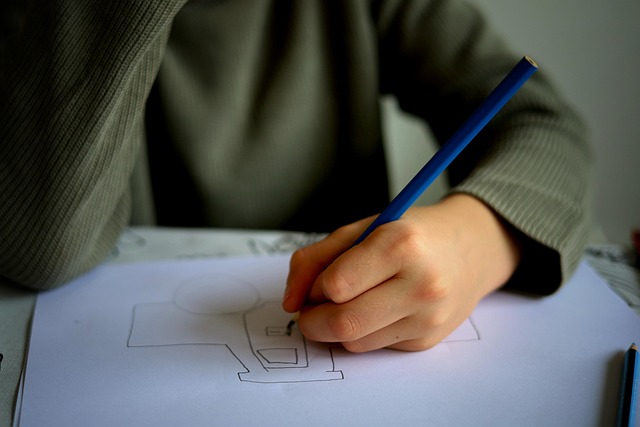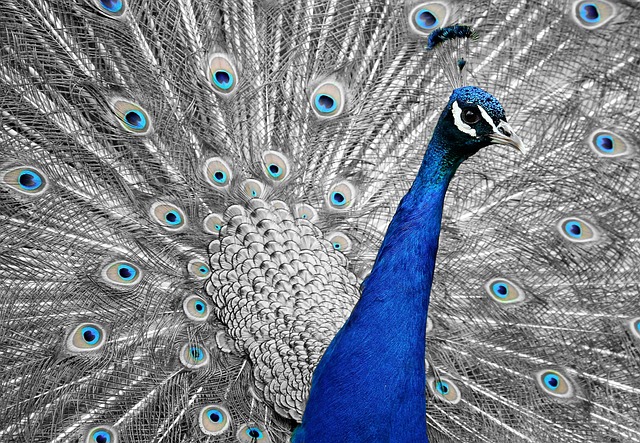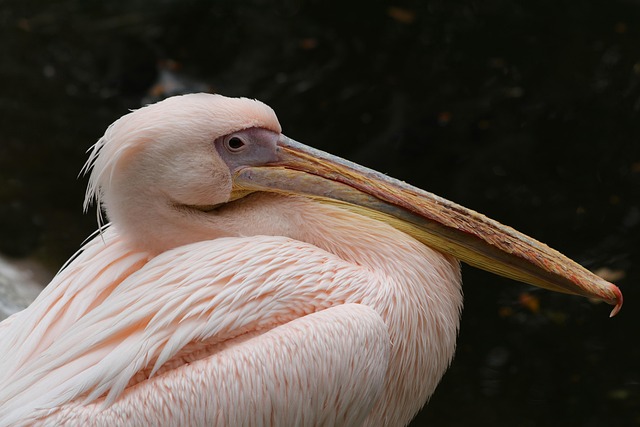Exploring Creativity: Abstract Drawing Techniques for Beginners
Embarking on the journey of abstract drawing is like stepping into a world filled with limitless possibilities. For beginners, this can be both exciting and daunting. The beauty of abstract art lies in its ability to express emotions and ideas that may be difficult to convey through realistic representations. If you are looking to tap into your creative side and explore the realm of abstract drawing, here are some techniques to get you started.
1. Start with Simple Shapes
As a beginner, it’s essential to allow your creativity to flow freely. Begin your journey by doodling simple shapes like circles, squares, and triangles. Don’t worry about precision; the aim is to let your hand move across the paper naturally. Play with size and arrangement, letting your intuition guide you. Remember, abstract drawing is about expression, not perfection.
2. Embrace Spontaneity with Gesture Drawing
Gesture drawing is a fantastic technique to capture movement and emotion in its raw form. Set a timer for a few minutes and draw without lifting your pencil from the paper. Allow your lines to intertwine and overlap, creating a chaotic yet harmonious composition. This technique encourages you to think less and feel more, giving birth to spontaneous and exhilarating forms of abstract drawing.
3. Experiment with Color
Color plays an integral role in abstract art and can evoke feelings that words often cannot. Gather a palette of colors that resonate with you. Start by applying colors freely on the paper, using brushes, sponges, or your fingers. Don’t hold back; let the hues blend and clash. The playful interaction of colors will help you discover your unique style and preferences in abstract drawing.
4. Use Mixed Media
Don’t limit yourself to just pencils or paints. Explore the world of mixed media! Combine traditional drawing methods with collage, fabric, or even found objects. Layering different materials adds depth and texture to your work, allowing you to express complexity in simplicity. As you combine these elements, you might discover new forms of creativity that resonate deeply with your artistic vision.
5. Find Inspiration in Everyday Life
Abstract drawing is all around us—sometimes, it just takes a slightly skewed perspective to see it. Observe the patterns in nature, the rhythms of urban environments, or even the shapes formed by shadows. Take photographs, collect objects, or sketch snippets of what you see in your surroundings. This inspiration can fuel your imagination, transforming the ordinary into extraordinary expressions of abstraction.
6. Reflect and Develop Your Style
After you’ve experimented with different techniques, take some time to reflect on your artwork. What themes or emotions made an impact on you? Which pieces resonate with your inner self? Over time, you’ll start to develop your unique style that reflects your experiences and feelings. Keep a sketchbook to document your thoughts and progress, allowing it to become a visual diary of your journey in abstract drawing.
Remember, the path of creativity is not linear. Embrace each twist and turn, and celebrate the joy of self-expression. Abstract drawing is a tool to explore your innermost thoughts and feelings, a canvas for your imagination. Allow yourself the freedom to create, and with practice, you will find your voice in the world of abstract art.




